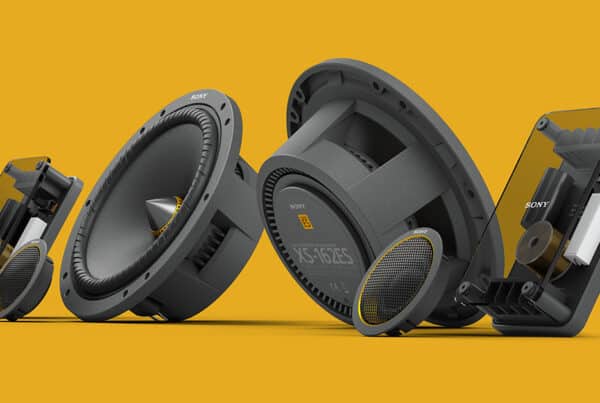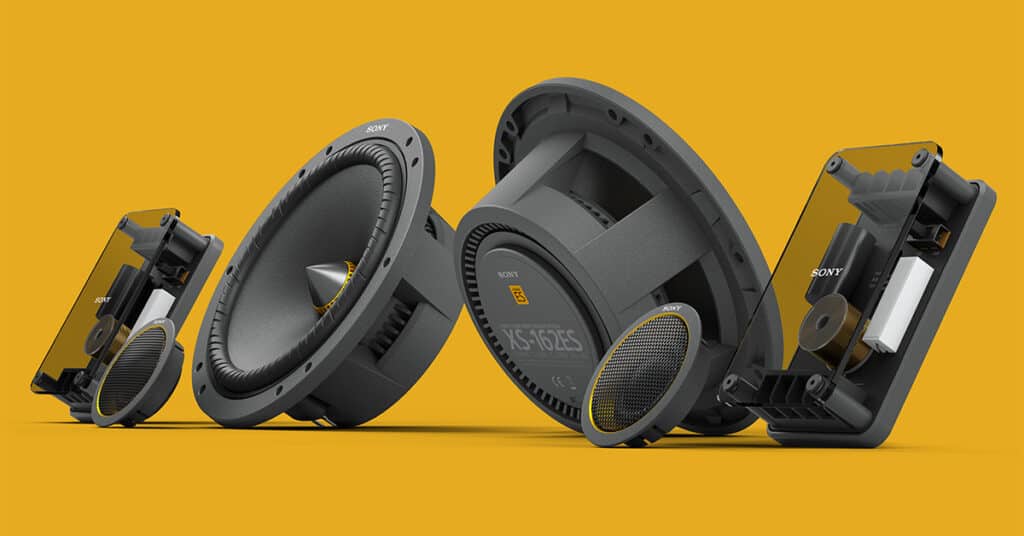Body dysmorphia is a mental health condition that impacts your ability to see your body clearly or adequately. It is a common symptom of an eating disorder but can be present without one. Body dysmorphic disorder is a particular mental health condition diagnosed by a professional. It is characterized by body “checking” behaviors like constantly looking at your body, finding things wrong with it, or wanting to change it.
In a society that emphasizes the body and what it should look like, body dysmorphia and the eating disorders that can sometimes come with it are becoming more and more common. Feelings of deep anxiety can arise, and it can be challenging to know where your dysmorphia is coming from.
Here are three body dysmorphia disorder causes ingrained in popular culture and how to combat them.
Popular Media Portrayal of Bodies
We are exposed to images of people and their bodies all over popular media these days. You can go online and see an influencer post in the span of a minute. Video ads, TV ads, videos, and social media posts are all used by popular brands, TV shows, companies, and influencers to advertise a particular look or opinion.
For young people using the internet as a tool in their own lives, feelings of body dysmorphia can come up when seeing the highly edited bodies of others or noticing that the only bodies highlighted on popular media are small, skinny, white bodies.
When your ads, Tiktok “For You” page, and TV commercials all show people with small bodies who look nothing like you, it’s hard to continue to see yourself in the world around you, which can cause body dysmorphia.
It’s crucial to remember that these images do not reflect reality, as many are heavily edited and curated. For many, especially during times like the holidays which even bring seasonal challenges in eating disorder recovery, exposure to idealized body types can be triggering and make the battle with body dysmorphia even harder. The best way to combat this is to diversify your media intake. Follow accounts that promote body positivity and diversity, and remember that what you see online is not always an accurate representation of reality.
Targeted Ads
Targeted ads are another way for anyone with body image issues to experience body stereotypes being shown by the media. If you already struggle with body dysmorphia, many targeted ad campaigns can pick up on this.
Your ads may start to show more and more products meant for weight loss or “self-help.” You may see more ads targeted to you as a woman or you as a mom, depending on if you have children or how you identify.
If you’re being bombarded day and night with dieting ads and dieting products for moms, you’re most likely not going to feel very good about yourself, and you may even make the purchases. This tactic has been used by popular corporations for years, and it is another playing factor in body dysmorphia societally.
Diet Culture
Diet culture has been around for a long time. However, it continues to change and target different groups of people throughout the years. For example, diet culture in 2022 targets a lot more children and young adults than it had in previous decades.
With the introduction of Tiktok and Reels, younger audiences are being exposed to older ideas and adult videos that they weren’t being exposed to before. This change in media and the target audience is causing more body image issues in children.
How to Combat Them
So, how do you combat body dysmorphic culture in this day and age? Is there a way to remove it from our media consumption?
Truthfully, these messages may continue to get out into the world. However, there are many ways you can make a difference in your own life and the life of your children. Here are some ideas:
- Talk to your kids early about healthy body image.
- Follow body-positive brands and influencers.
- Outline for your children and yourself why media and the people you see online are not accurate representations of body care.
- Get help from a professional eating disorder therapist.
- Limit screen time.
- Participate in a body-positive project.
If you’re experiencing thoughts of not loving yourself or feeling that you need to change your body, it’s time to get help. A trained therapist online or in-person can help you understand your body dysmorphia and what you can do to get back to loving yourself and finding peace in a society that makes it difficult.
Marie Miguel Biography
Marie Miguel has been a writing and research expert for nearly a decade, covering a variety of health- related topics. Currently, she is contributing to the expansion and growth of a free online mental health resource with BetterHelp.com. With an interest and dedication to addressing stigmas associated with mental health, she continues to specifically target subjects related to anxiety and depression.



